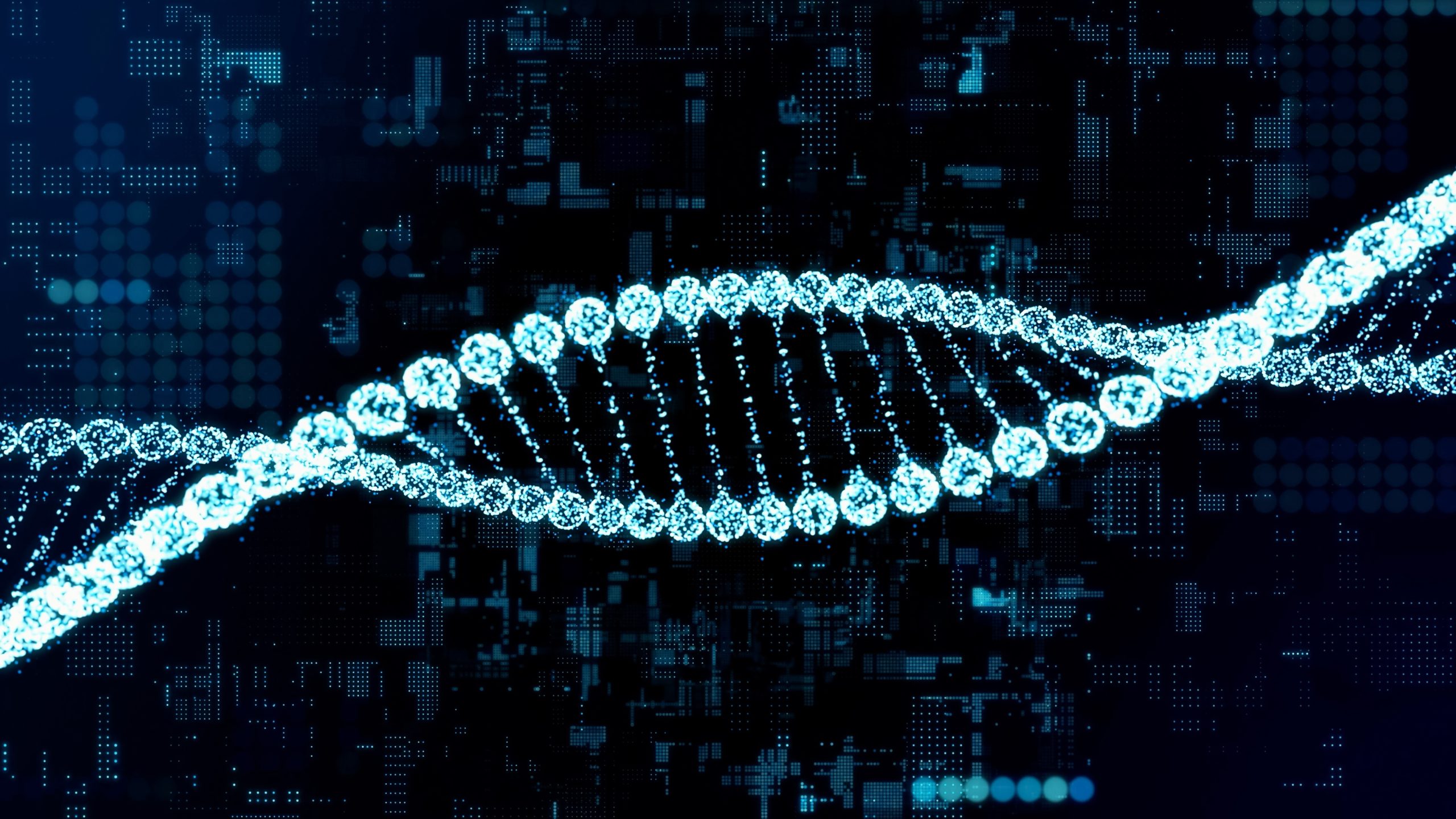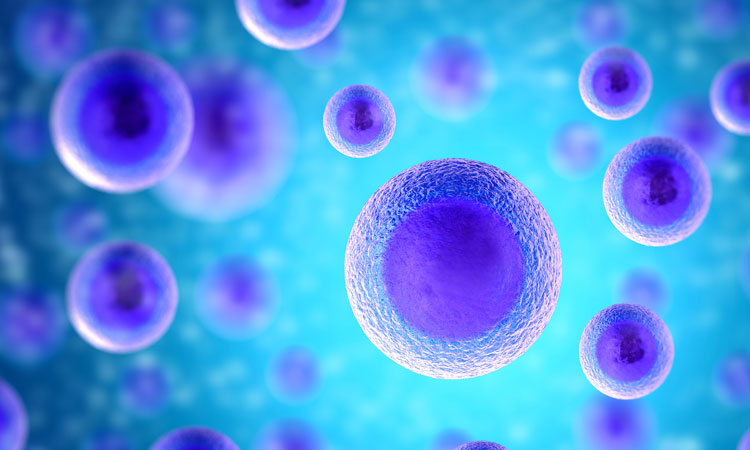Bridging science and technology: a biotech CEO’s perspective
In this article, Dr Raminderpal Singh speaks to Neil Wilkie of Mironid Ltd. for a biotech CEO’s perspective on the transformative potential of AI, and the importance of bridging communication gaps between scientific and technical teams to drive innovation and efficiency in the pharmaceutical industry.
























